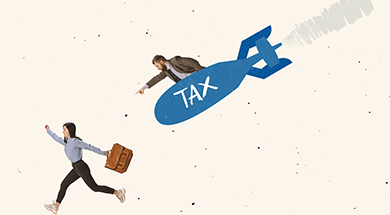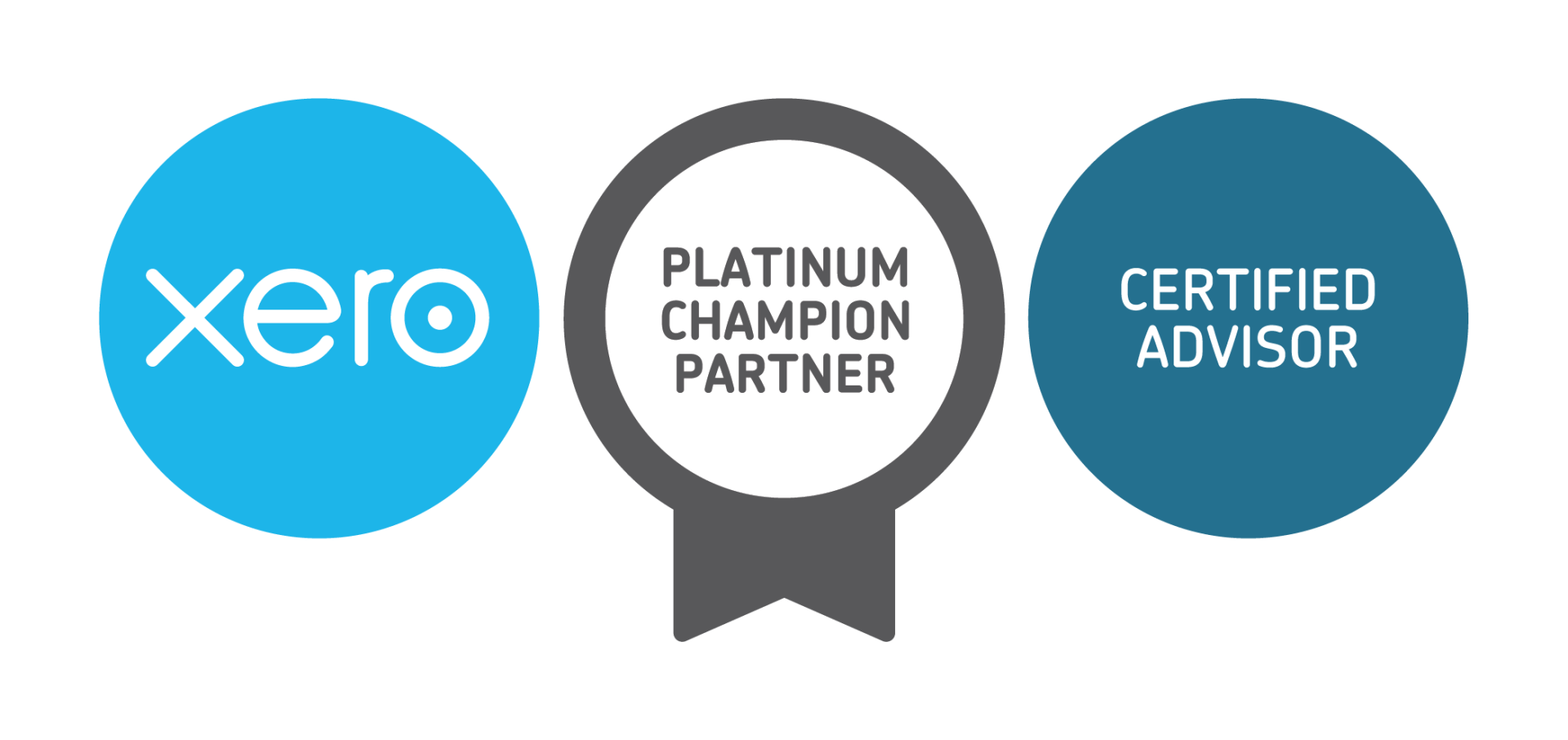Blog Layout

The Federal Government has legislated an 0.5% increase to the Compulsory Super Guarantee from 1st July 2021, with further increases over the next five years. The blog is a guide to help our clients/employers understand the impact of these changes to employee remuneration.
The 2021 Federal Budget confirmed the planned changes to the employee Compulsory Superannuation Guarantee would proceed from 1 July 2021. This is the first change to Superannuation Guarantee rates since 2014.
The Australian Government will remove the $450 per month threshold to expand coverage of super guarantee to eligible employees regardless of their monthly pay, effective also from 1 July 2021.
It is important to note that these increases are statutory changes and compliance is mandatory.
How you meet your ongoing obligations under the legislation will depend on what type of contractual arrangements are in place with your employees.
How these changes will impact different employee contracts
- Remuneration packages that include superannuation – you need to decide if the package is to remain the same, thereby decreasing employee's take home pay, or increase their package by the 0.5% increase in superannuation.
- Remuneration packages that are exclusive of superannuation – employers will have to pay the Superannuation Guarantee increase on top of the current salary, meaning that the cost of employing staff under such arrangements will increase by 0.5% from 1 July 2021.
- Employees remunerated under an Award – individuals employed under an Award cannot be paid less than the minimum Award rate, the increase in the Superannuation Guarantee rate to 10% will require employers to increase their superannuation contribution to this rate. In circumstances where an employee is paid above the minimum or Award rate, that employee could have their take-home pay reduced to account for the 0.5% increase to the Superannuation Guarantee rate. It is important to seek advice in these circumstances as these situations may well be subject to specific employee agreements or industrial conditions.
Planning for the changes
As these changes coming into effect, it will be critical to effectively communicate the impacts to your employees. For those employers with staff remunerated under superannuation-inclusive salary packages, this will be particularly important as these employees could – depending on your plans – see a reduction in their take-home pay from 1 July 2021.
Cashflow considerations
Murray Nankivell Director Mark Edwards thinks it is important to consider what cash flow impacts these changes will have on your business.
"Although it will depend on how your individual employment contracts are structured, businesses are going to see an increase to their cost of employment from 1 July 2021, which will potentially increase other on-costs such as payroll tax and workcover", Mark says.
"These changes aren't a one-off, highlighting the need to be prepared. Every 1 July from now until 2025 is going to see another 0.5% rise to the Superannuation Guarantee, so it's important to start planning now for these future impacts on your cash flow."

By Megan Inverarity
•
23 Feb, 2024
Can my SMSF invest in property development? Australians love property and the lure of a 15% preferential tax rate on income during the accumulation phase, and potentially no tax during retirement, is a strong incentive for many SMSF trustees to dream of large returns from property development. We look at the pros, cons, and problems that often occur.
LEGAL
Liability limited by a scheme approved under Professional Standards Legislation.
Investngro Pty Ltd ABN 53 113 102 695 trading as Murray Nankivell Financial Planning, is an authorised representative of Count Financial Limited ABN 19 001 974 625 holder of Australian financial services licence number 227232 (“Count”). Count is owned by Count Limited ABN 111 26 990 832 of GPO Box 1453, Sydney NSW 2001. Count Limited is listed on the Australian Stock Exchange. Any taxation and accounting services are provided by Murray Nankivell and are not within the authority Count. The information on this web site is not financial product advice and is provided for information only.
Copyright Murray Nankivell ©
| Terms & Conditions
| Privacy Policy
| Count Financial Complaints Policy
| Disclaimer
| Site Map
| Websites for accountants by Wolters Kluwer





